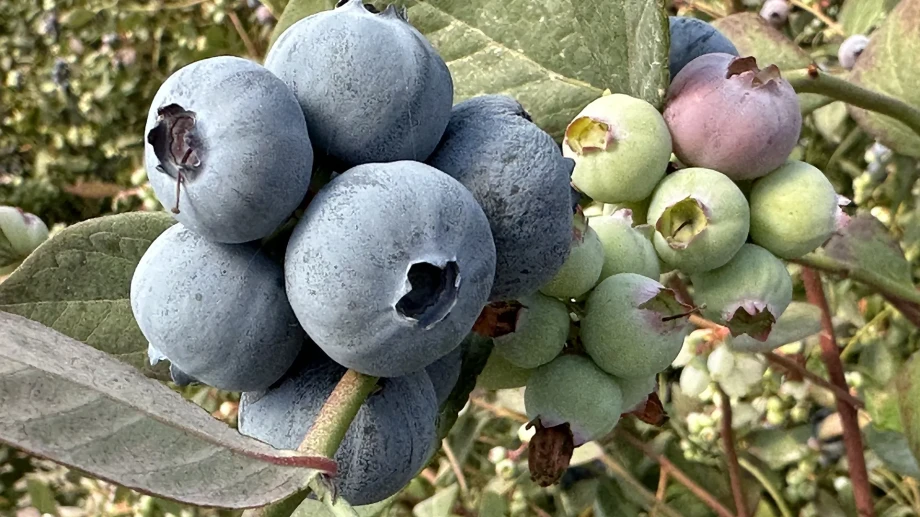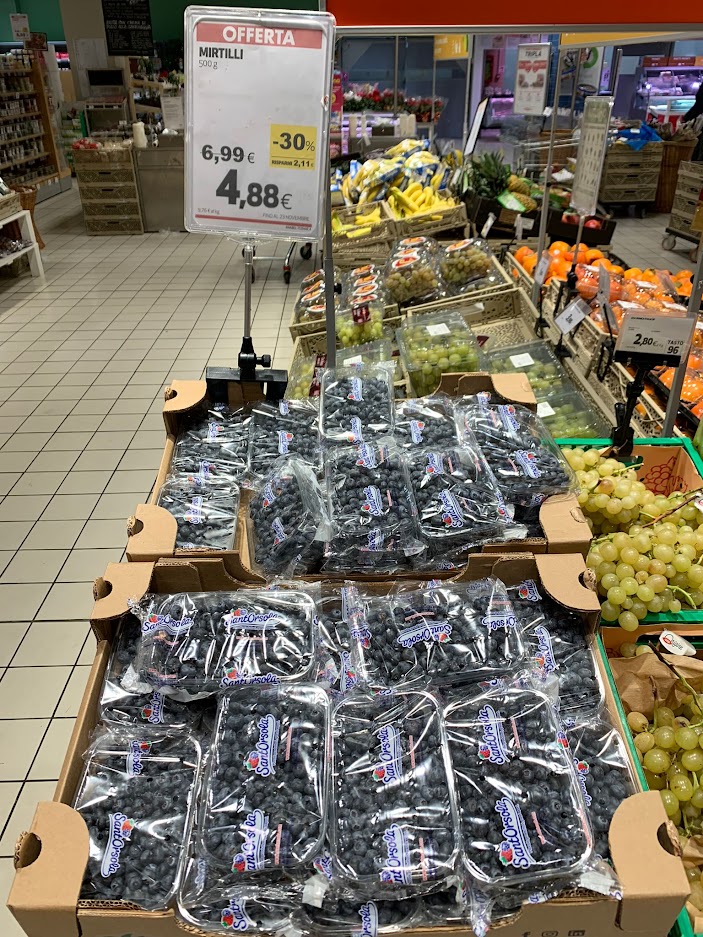This is an abstract from the 2024 IBO Report. Click here to download the full report
Weather events disrupt markets, causing supply shortages and pushing the blueberry industry to reflect across the entire value chain. Due to the industry's high dependence on nature, it is inevitable that blueberries, as a global crop, will face disruptions from weather events somewhere in the world. What made 2023 unique was the scale and severity of weather events across different regions, particularly the impact of El Niño on Peru.
Weather and Production Regions
Peru, the world’s leading exporter of blueberries, plays a crucial role in global supply, especially between September and December, filling the gap after the Northern Hemisphere’s season. Mexico and Morocco also face weather challenges, with heat stressing plants in Mexico and a heatwave in Morocco. South Africa, with a later peak season, faced delays due to a prolonged cold winter. South Africa and Zimbabwe managed to profit from Peru's shortfall due to the elevated prices, and North America’s Pacific Northwest also suffered from another year of challenging weather.
Source Diversification Strategies
Retailers and marketers are strengthening their relationships with growers in emerging regions, ensuring the continuity of supply. New initiatives have also encouraged growers and investors to plant blueberries in new regions due to improved genetics that allow blueberries to grow almost anywhere.
Price Increases and Demand
Prices rose due to supply gaps, but also due to the strong demand in recent years. The U.S. market proved highly resilient, maintaining larger packaging despite rising prices, showing a greater willingness to pay more when supply is low.
Varieties Under Pressure
The Peruvian industry remains dependent on certain public varieties, such as Biloxi and Ventura, which are more susceptible to returning to vegetative growth in hot conditions. This situation has highlighted the importance of growing heat-resistant varieties, particularly in extreme climates.
Real-Time Data and Predictive Capabilities
The effects of El Niño emphasized the need for better data collection and prediction in the industry. Some growers invested heavily in predictive capacity, while others are encouraged to follow suit to prevent misinformation about crop yields and avoid unnecessary price increases or reduced shelf space in markets. These insights from Peru may have global implications for the blueberry industry, with lessons applicable to other regions.
Read more
Continue reading more abstracts from the 2024 IBO Report or download the full report:










